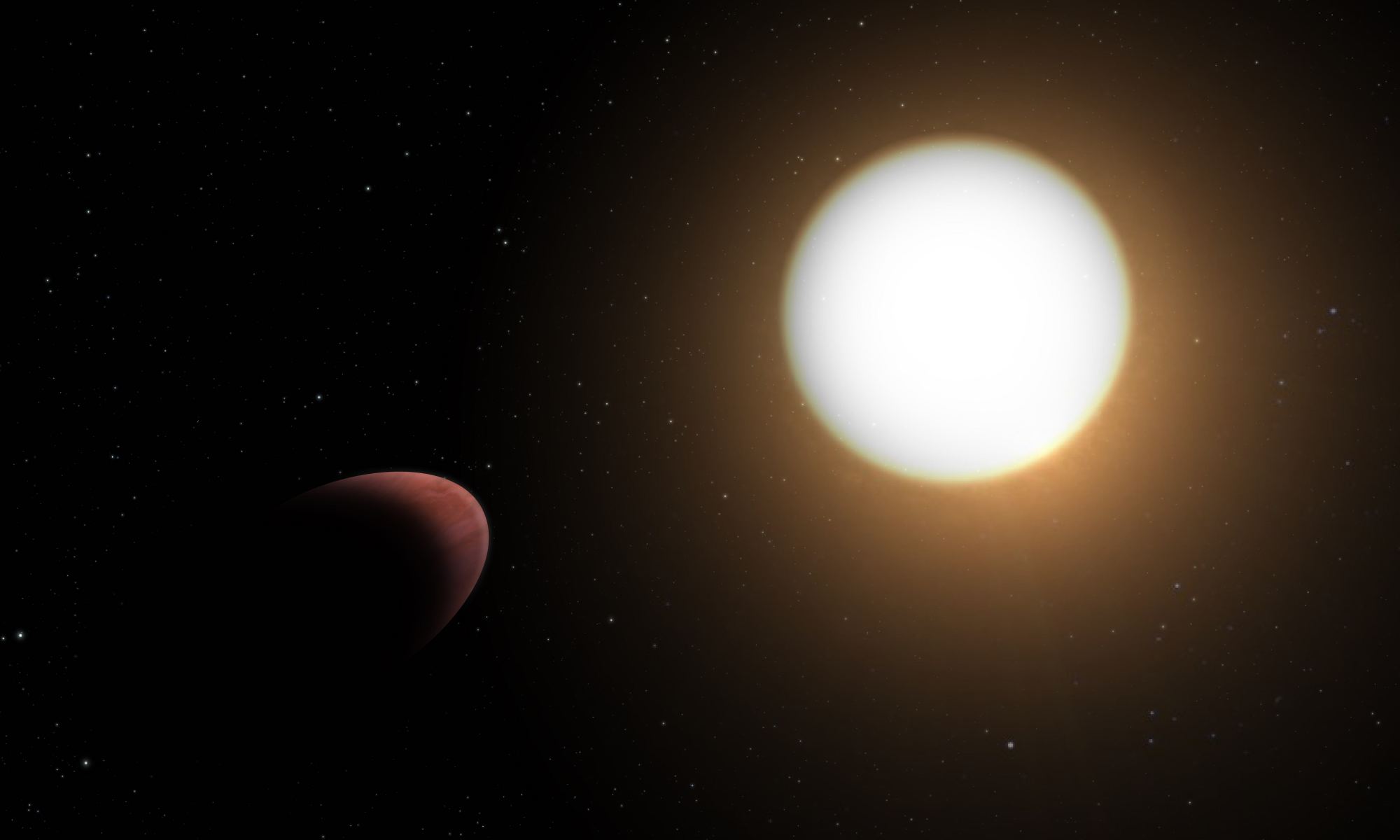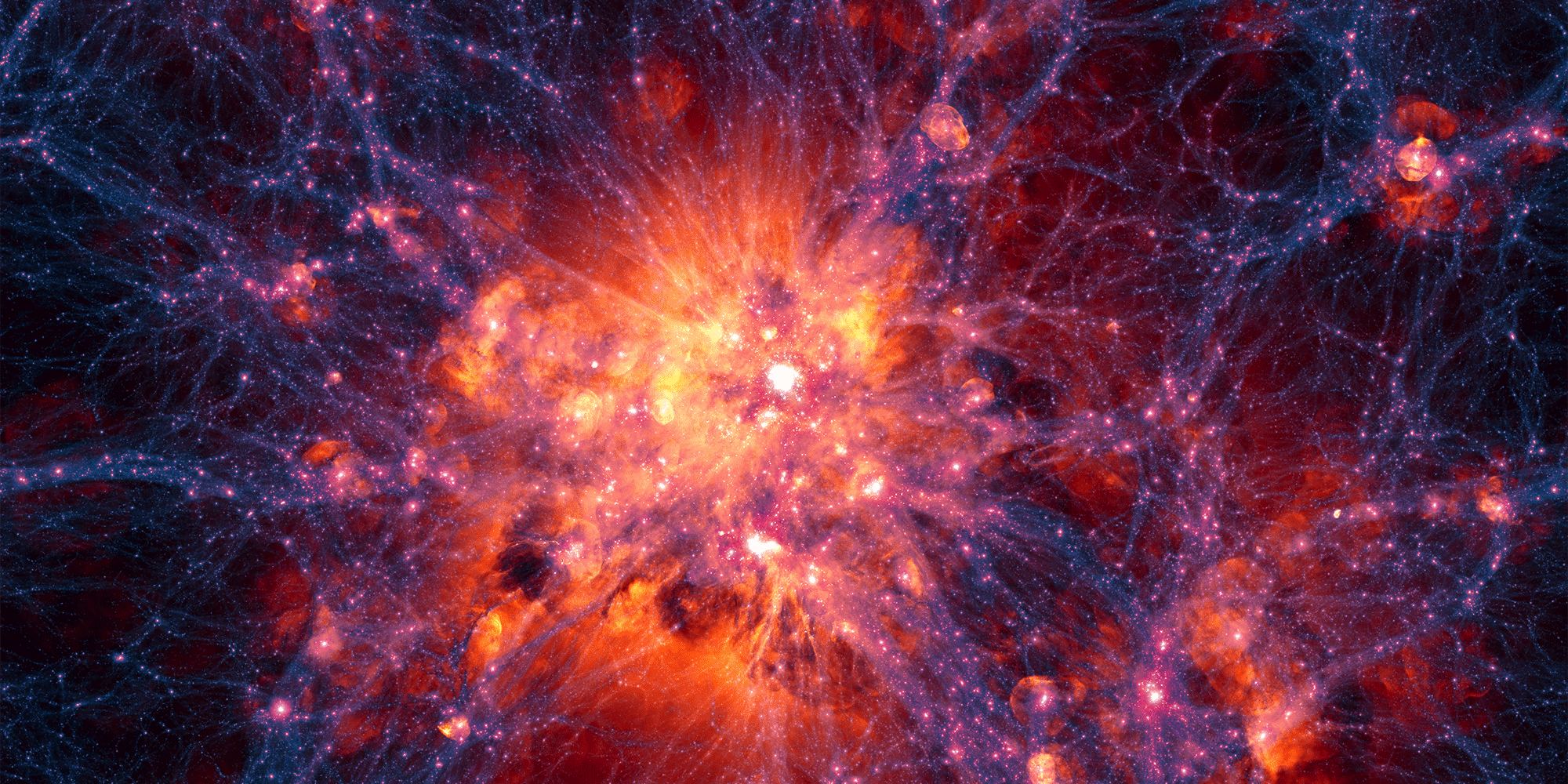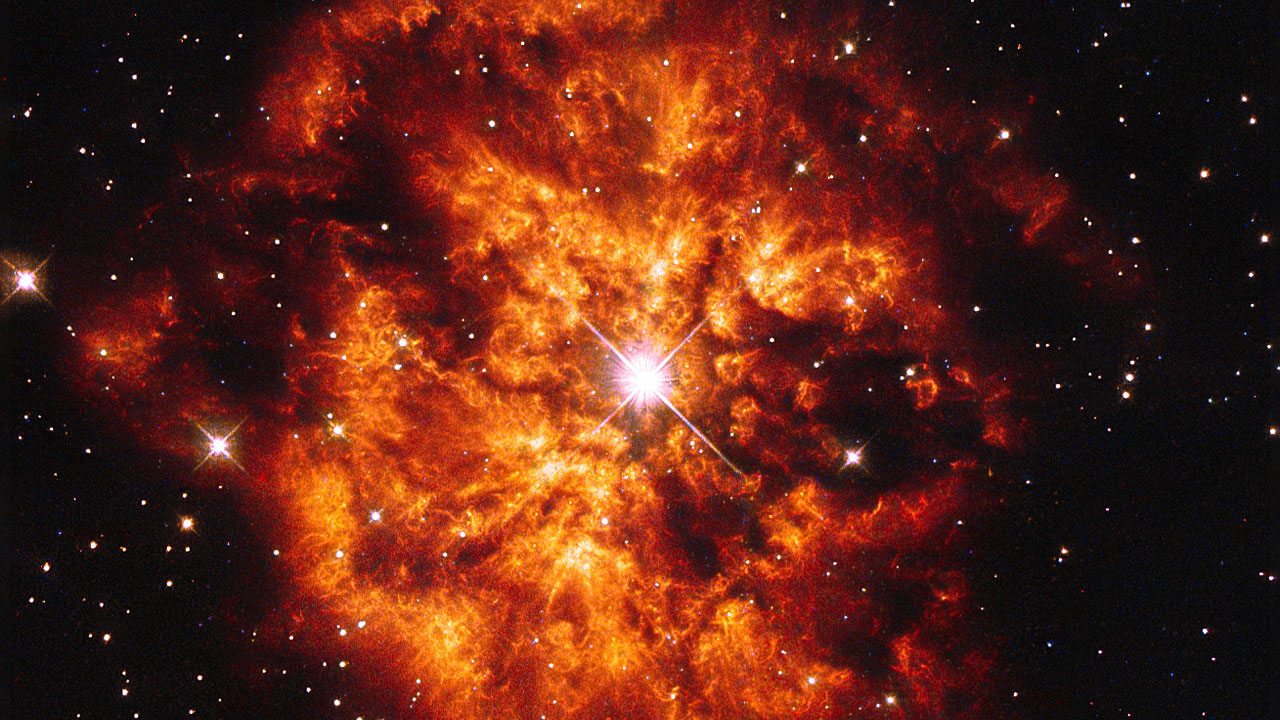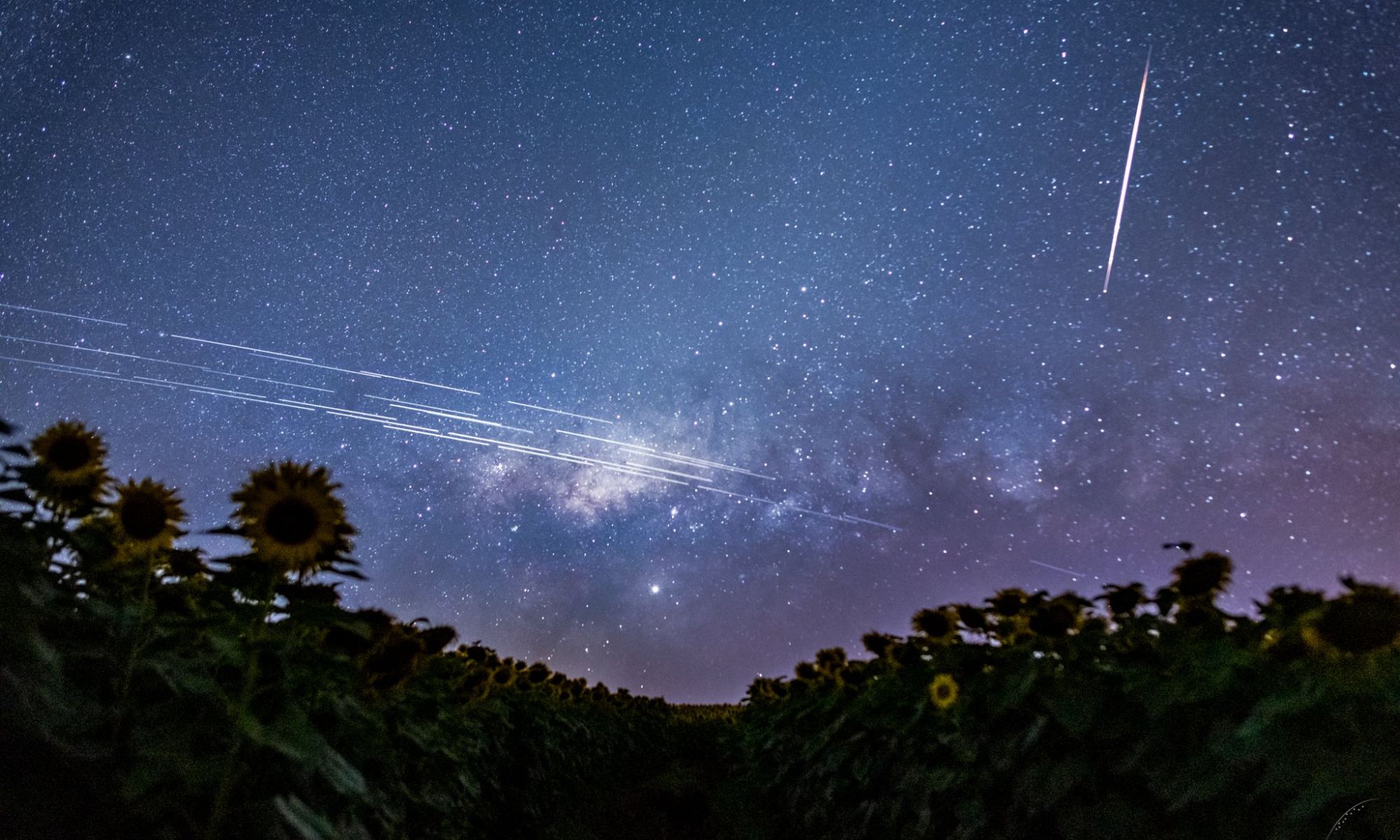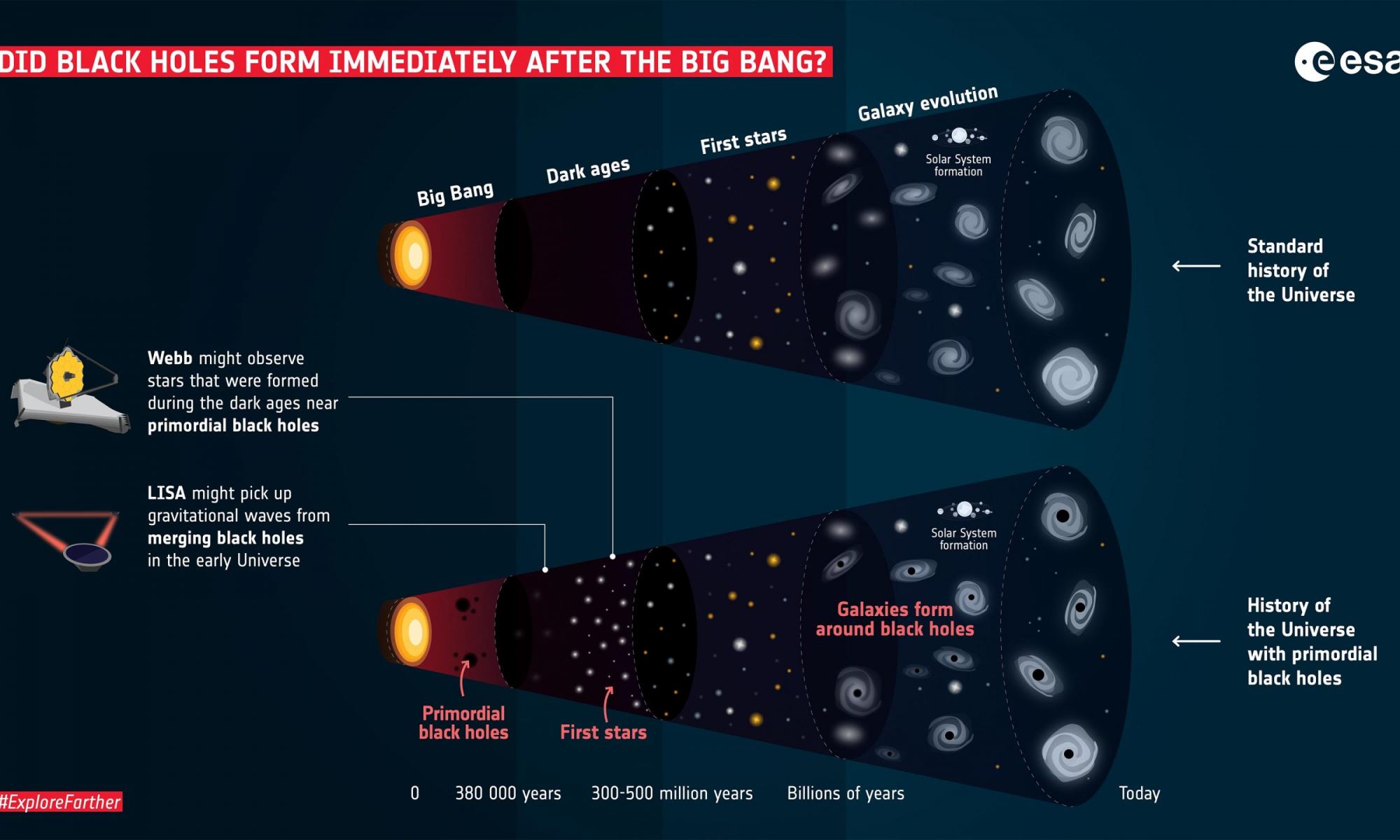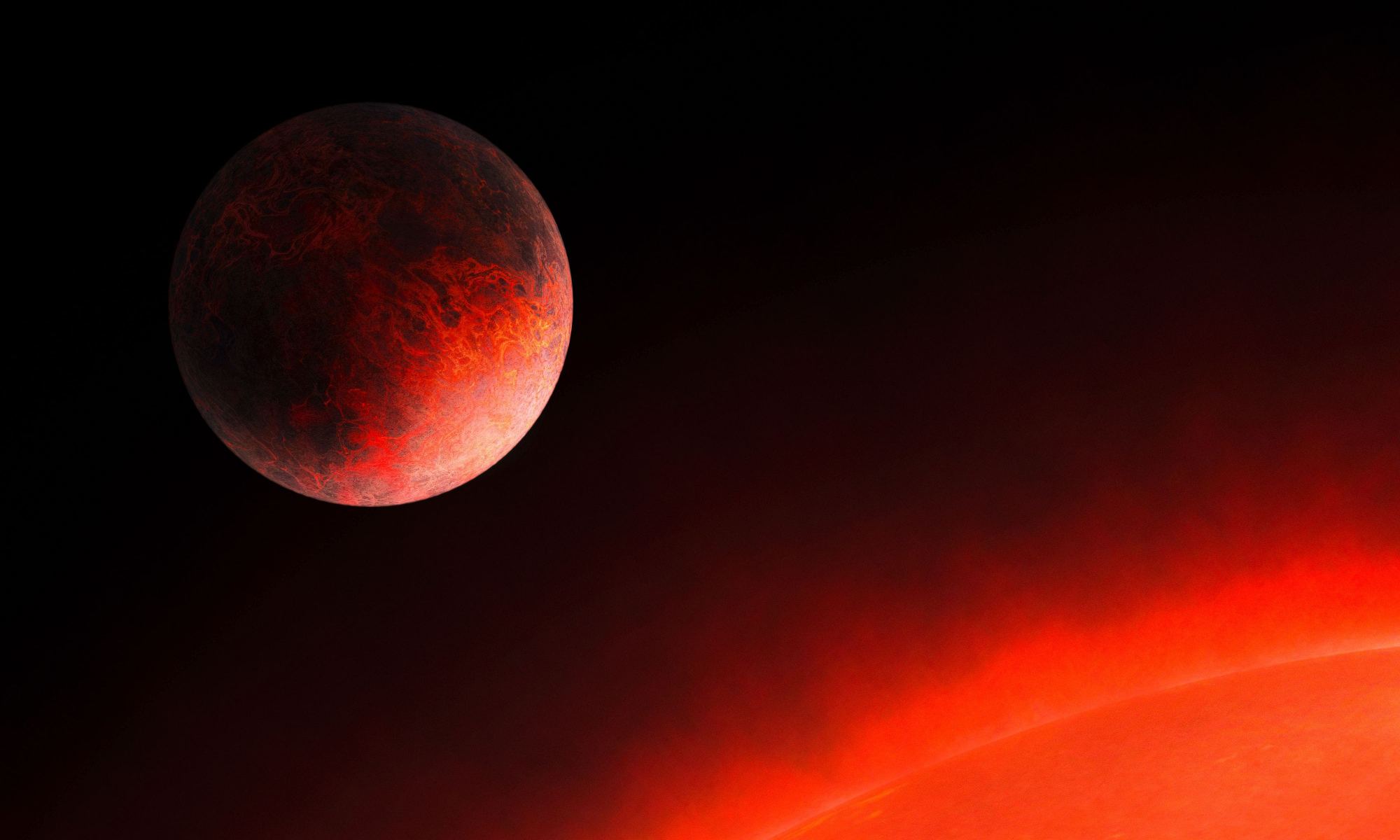Among the thousands of known exoplanets, there are some that are very odd. Take, for example, the exoplanet known as WASP-103b. It’s a large planet with a mass about 1.5 times that of Jupiter, but 103b is so close to its star it makes a complete orbit every 22 hours. At this proximity, many astronomers wonder if the world is on the edge of being ripped apart by tidal forces. But a new study shows us that something much more interesting is going on.
Continue reading “Extreme Tidal Forces Have Deformed an Exoplanet”A Worldwide Search for Dark Matter Fails to Turn up a Signal for This Mysterious Particle
Axions are a popular candidate in the search for dark matter. There have been previous searches for these hypothetical particles, all of which have come up with nothing. But recently the results of a new search for dark matter axions have been published…and has also found nothing. Still, the study is interesting because of the nature and scale of the search.
Continue reading “A Worldwide Search for Dark Matter Fails to Turn up a Signal for This Mysterious Particle”A new Kind of Supernova has Been Discovered
We often think of supernova explosions as inevitable for large stars. Big star runs out of fuel, gravity collapses its core and BOOM! But astronomers have long thought at least one type of large star didn’t end with a supernova. Known as Wolf-Rayet stars, they were thought to end with a quiet collapse of their core into a black hole. But a new discovery finds they might become supernovae after all.
Continue reading “A new Kind of Supernova has Been Discovered”20% of Twilight Observations Contain Satellite Passes
With the rapid expansion of commercial space, there is a growing number of satellites in orbit around our planet. Most of these are in low-Earth orbit, which is becoming increasingly crowded. This has led some to be concerned about a catastrophic rise of space debris, as well as a growing frustration by astronomers due to the number of satellite sky trails.
Continue reading “20% of Twilight Observations Contain Satellite Passes”The Milky Way’s Most Recent Meal was a Galaxy it Gobbled up 8-10 Billion Years ago
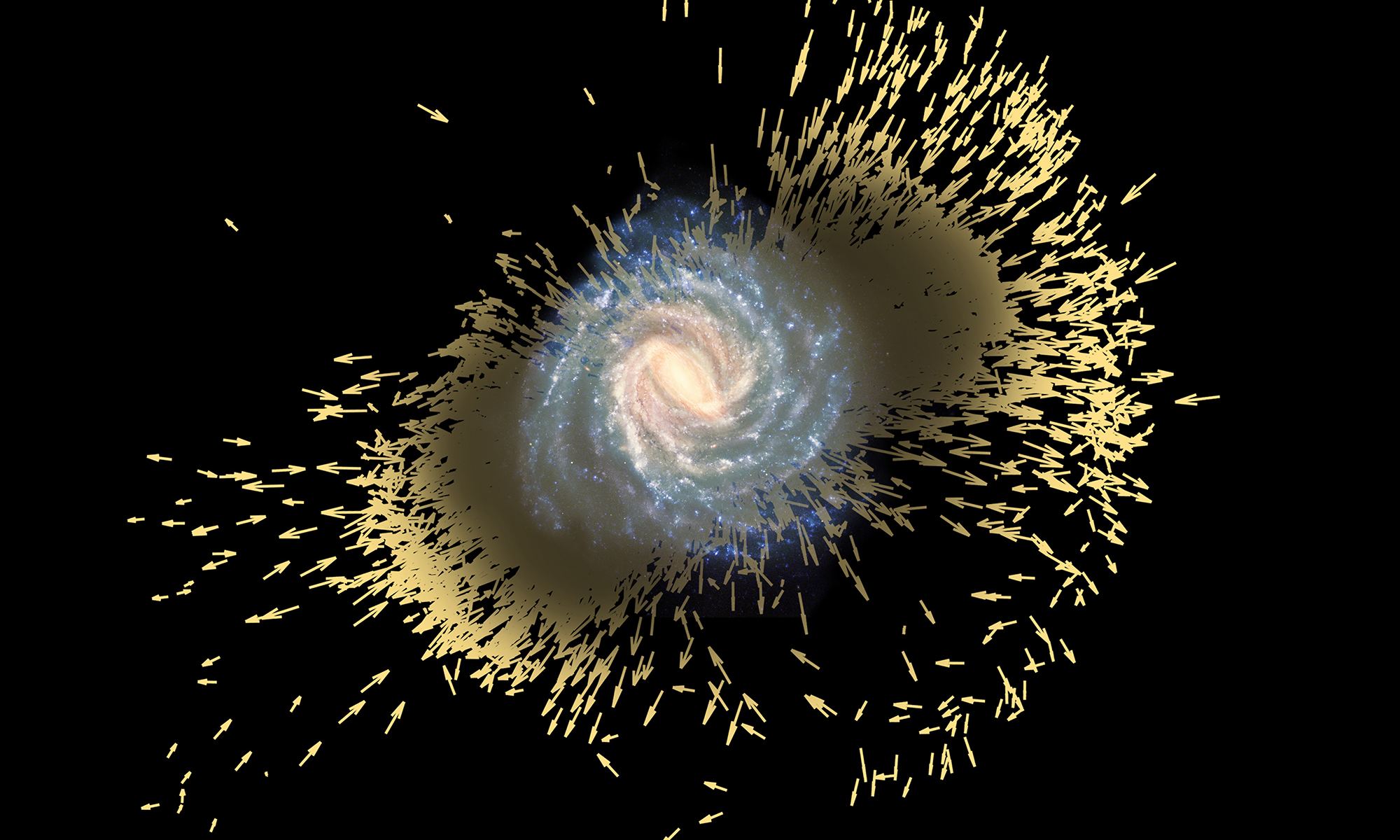
A central aspect of galactic evolution is that they must eat or be eaten. Dark energy strives to push galaxies apart, but gravity tries to pull them together. As a result, galaxies tend to form into local groups. As these superclusters of galaxies become more isolated due to cosmic expansion, they gravitationally turn on each other, and in time the largest galaxies of the group will consume the smaller ones. The Milky Way is one of the larger galaxies in our local group, and so it has consumed smaller galaxies in the past. But piecing together the history of these galactic meals is a real challenge.
Continue reading “The Milky Way’s Most Recent Meal was a Galaxy it Gobbled up 8-10 Billion Years ago”Why don’t Green Comets Have Green Tails?
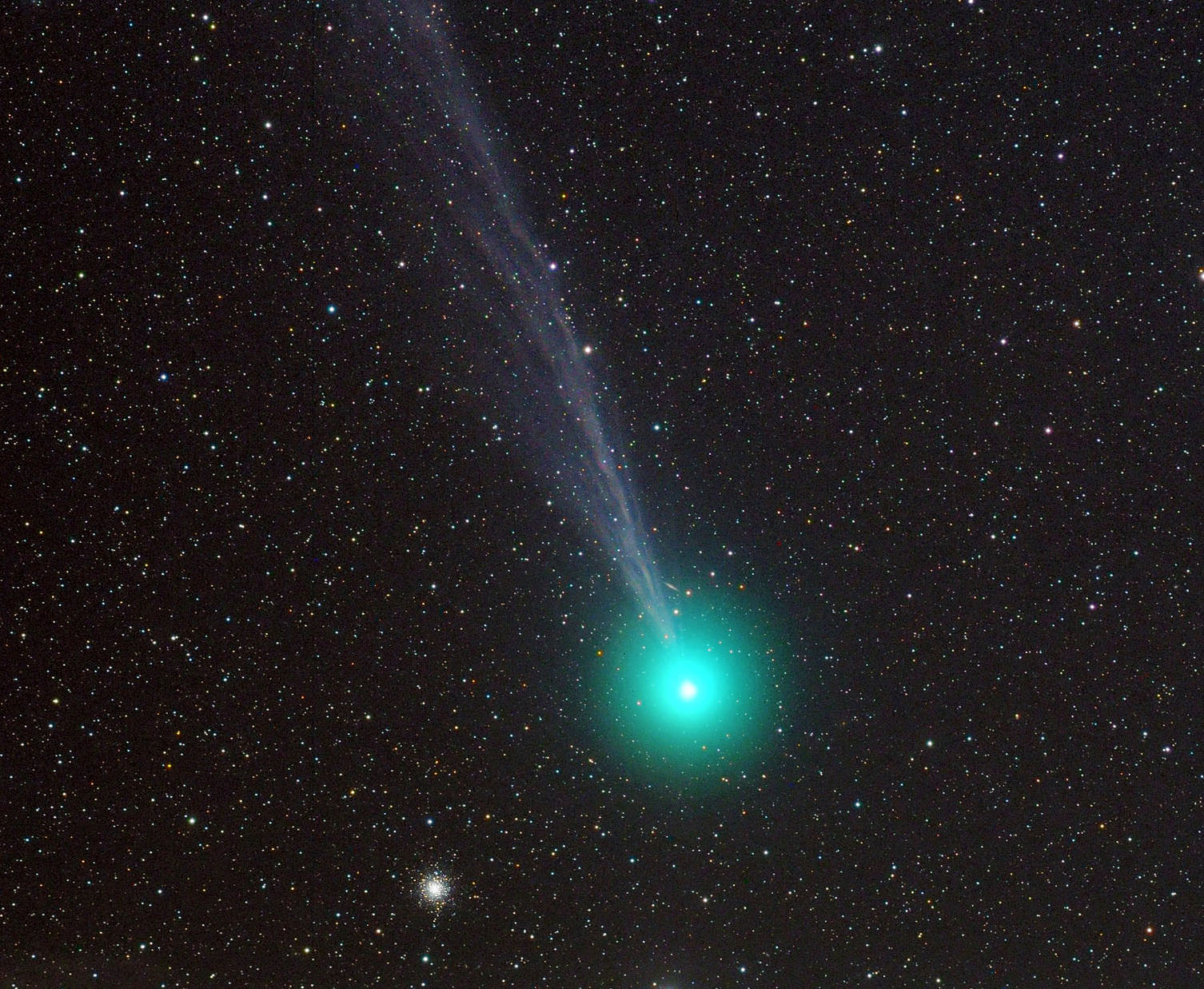
Green is an unusual color in astronomy. It is the color to which our eyes are most sensitive, and yet few things in the night sky actually appear green. There are, for example, no green stars, only yellow-white, red, and blue ones. But there can be green comets, and we are still learning why.
Continue reading “Why don’t Green Comets Have Green Tails?”If you had Radio Telescopes for Eyes, one of the Biggest Things in the sky Would be a jet of Material Blasting out of a Nearby Galaxy

One concept that’s difficult to visualize is the apparent size of objects in the sky. No the actual size of an object, but rather the amount of area an object covers in the sky. Apparent size depends on an object’s actual size and its distance from us. For example, the Sun is about 400 times wider than the Moon, but also about 400 times more distant, so the Sun and Moon have roughly the same apparent size.
Continue reading “If you had Radio Telescopes for Eyes, one of the Biggest Things in the sky Would be a jet of Material Blasting out of a Nearby Galaxy”Primordial Black Holes Could Explain Dark Matter and the Growth of Supermassive Black Holes at the Same Time
It’s that time again. Time to look at a possible model to explain dark matter. In this case, a perennial favorite known as primordial black holes. Black holes have long been proposed as the source of dark matter. In many ways, they are the perfect candidate because they only interact with light and matter gravitationally. But stellar-mass black holes have been ruled out observationally. There simply aren’t enough of them to account for dark matter.
Continue reading “Primordial Black Holes Could Explain Dark Matter and the Growth of Supermassive Black Holes at the Same Time”Forget That Planet That Orbits Every 16 Hours. That’s so Last Week. Now Astronomers Have Found a Metal Planet That Orbits its Star EVERY 8 HOURS
Most exoplanets are found using a technique known as the transit method, where the exoplanet passes in front of its star, causing the star to dim slightly. It takes several transits to confirm an exoplanet, so it’s not surprising that most known exoplanets have a fairly short orbital period. Months or days rather than years. There’s also an observational bias in that most known stars are red dwarfs, so it’s usually not surprising that we’ve found yet another exoplanet closely orbiting a red dwarf star. But sometimes what we find is so extreme, it really is surprising.
Continue reading “Forget That Planet That Orbits Every 16 Hours. That’s so Last Week. Now Astronomers Have Found a Metal Planet That Orbits its Star EVERY 8 HOURS”Maybe “Boson Clouds” Could Explain Dark Matter
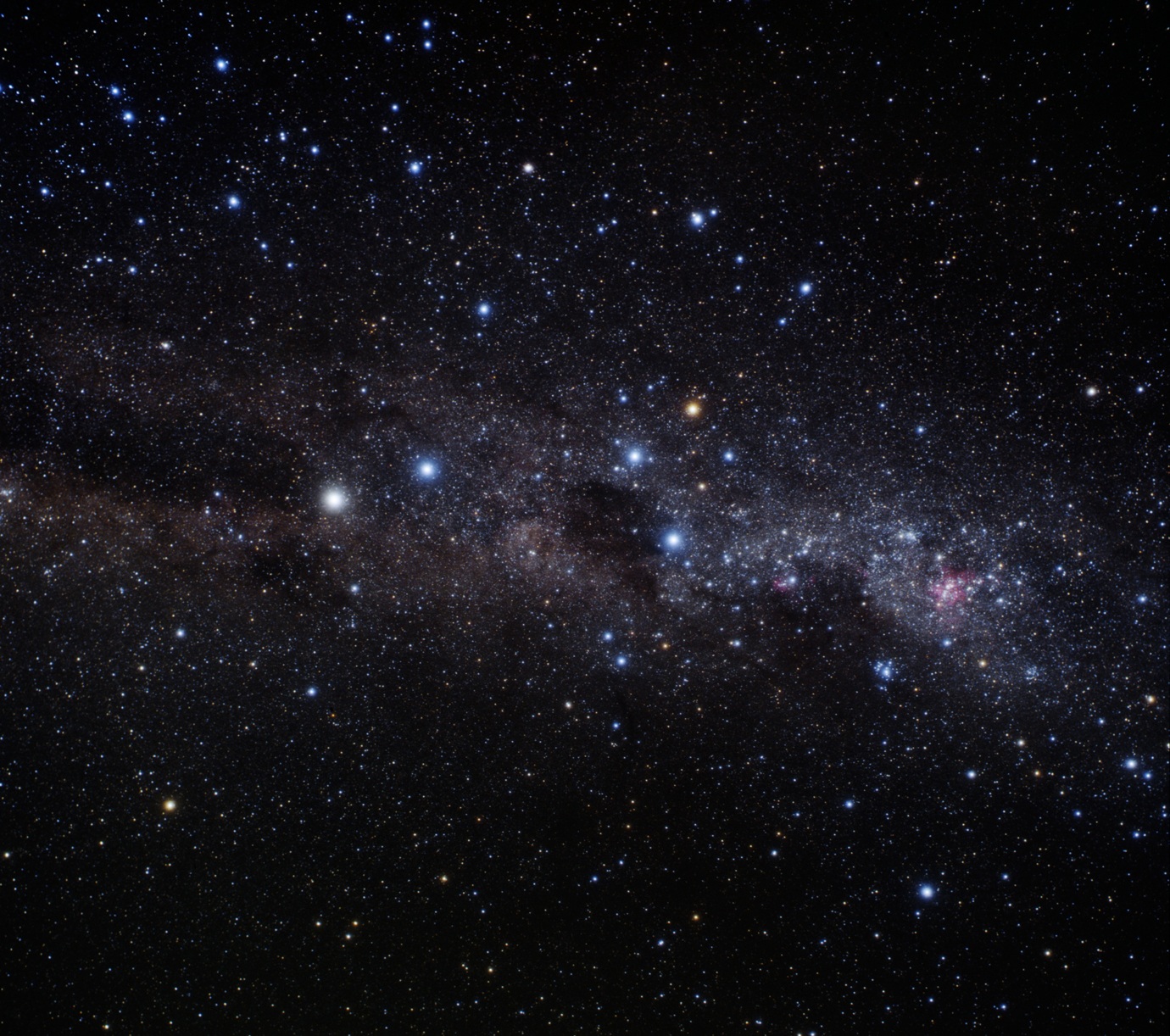
The nature of dark matter continues to perplex astronomers. As the search for dark matter particles continues to turn up nothing, it’s tempting to throw out the dark matter model altogether, but indirect evidence for the stuff continues to be strong. So what is it? One team has an idea, and they’ve published the results of their first search.
Continue reading “Maybe “Boson Clouds” Could Explain Dark Matter”
